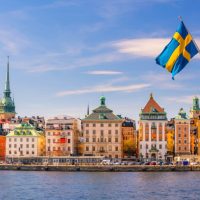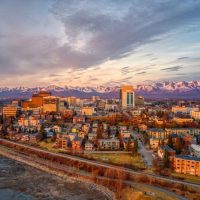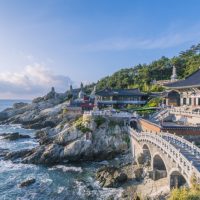Iceland is known for its stunning landscapes, Northern Lights, and many outdoor activities.
As one of the most beautiful places to live in the world, plenty of people want to come here.
The country is full of wonders, but they come at a cost.
The cost of living in Iceland is extremely high, as most products must be shipped to it.
Small markets, geographical isolation, and high import taxes make it difficult to keep up with the cost of living.
Those already living in Iceland tend to do okay due to the higher average salaries.
However, if you want to move to Iceland, we can help introduce you to the cheapest places to live and how much they will cost.
10 Cheapest Places to Live in Iceland
Iceland may be expensive, but there are a handful of places where the cost of living isn’t as bad.
These cities are often much smaller than the bigger ones and are in remote locations.
That said, it’s still possible to afford a place in the city, especially with a higher paycheck.
Below, we’ll introduce you to the cheapest places to live in Iceland.
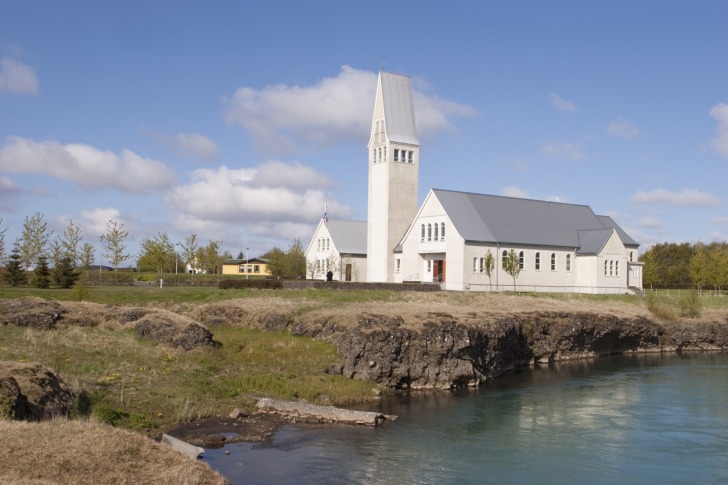
1. Selfoss
Selfoss is situated in the southern area of Iceland, home to stunning waterfalls and culture.
It’s the country’s largest city along the Olfusa River and is perfect for those looking to live cheaply.
While not many foreigners live here, it’s a popular destination due to its abundance of outdoor wonders.
The average cost of living in Selfoss is around $350 to $500 per month per person.
This raises to $600 to $850 for a family of four.
If you’re trying to buy a home in Selfoss, you can expect USD 100,000.
So, it’s a very affordable place to buy a home.
However, other expenses will be much more costly.
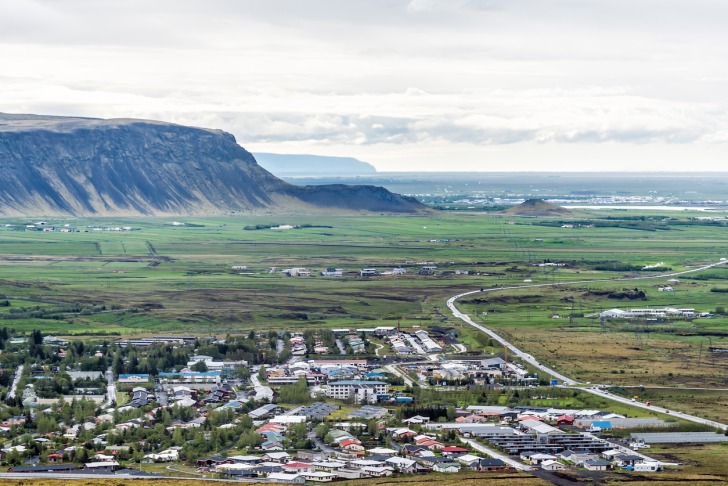
2. Hveragerdi
Hveragerdi is known for its many hot springs, hiking trails, and outdoor activities.
Those who move here tend to enjoy the surrounding landscape, which is full of flowers and tropical plants.
The average cost of living in Hveragerdi is $1,730 for a one-bedroom apartment and $2,500 or more for a family of four.
The cost of living is much higher in Hveragerdi due to the higher population.
In addition, other expenses such as food, utilities, and transportation will also cost more due to the location.
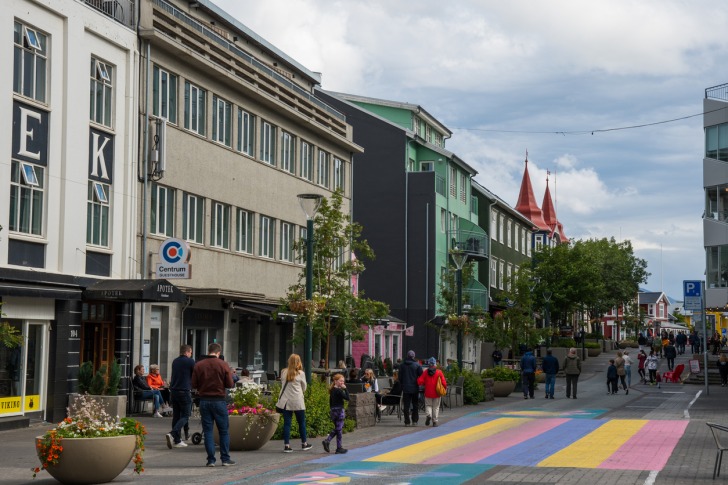
3. Akureyri
Akureyri is the capital of northern Iceland.
It is home to a rich history and culture and features many activities.
It’s one of the best places to live if you enjoy the outdoors, as it is close to the Dettifoss and Godafodd waterfalls.
In addition, it’s a short drive away from the Asbyrgi canyon.
Those considering moving here will be pleasantly surprised that it’s less expensive than most other places in Iceland.
The average cost of living in Akureyri is $2,011 for one person, and a family of four is $4,633.
Rent and utilities are estimated to cost $1,043 to $1,810.
The largest expense that most people will need to worry about is the cost of food and transportation.
Food for a person is estimated at $681 to $1,793 in monthly bills.
So, you’ll need to budget accordingly.
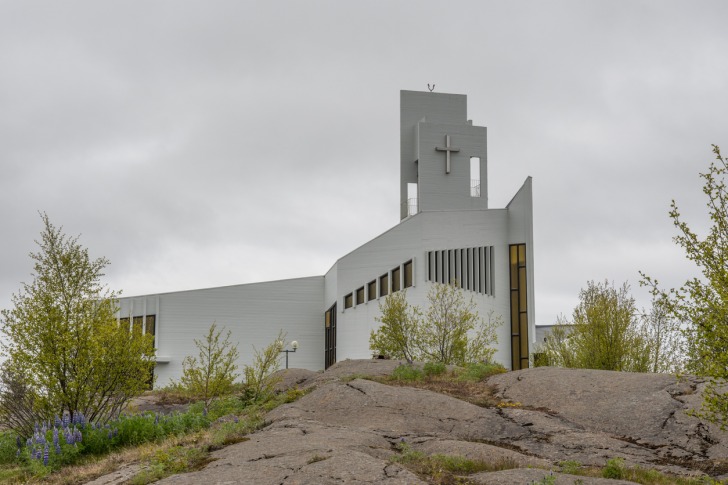
4. Egilsstadir
Egilsstadir is known for its outdoor beauty, mild climate, and scenic attractions surrounding the city.
The population is a mere 2,522 people, with only a small amount of land surrounding it.
This Icelandic town is the perfect balance of small community and natural beauty.
The average cost of living in Egilsstadir is estimated at $650 to USD 1,750.
The costs vary from one-bedroom to four-bedroom apartments.
Of course, this price can drop significantly depending on whether you live inside the town or on the outskirts.
Either way, the price is very reasonable compared to other parts of the country.

5. Garðabaer
Garðabaer is known for its strong culture and is the capital region of Iceland.
It’s the sixth-largest town in Iceland and doesn’t have much of a foreign population.
The population is 18,500 and has grown bigger over the last century.
That said, the town is mainly farmland and surrounded by natural spender.
That being said, the cost of living in Garðabaer is averaged at $1,850 for a one-bedroom apartment and $3,000 or more for a four-bedroom apartment.
Most of the housing available is single homes, and apartments are limited.
So, you’ll need a proper budget to live in Garðabaer cheaply.
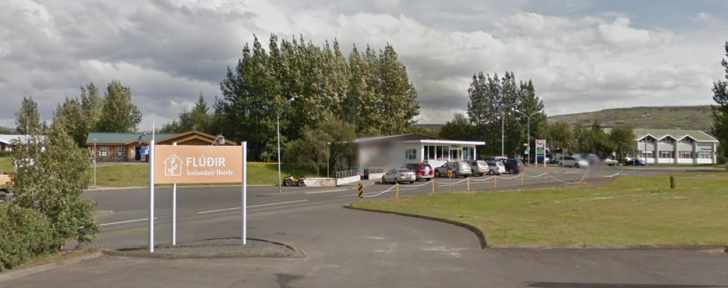
6. Fludir
Fludir is a small town in the southern region of Iceland.
It is known for its small population and scenic beauty.
The Secret Lagoon is the oldest swimming pool.
It’s located in a natural hot spring that is open year-round.
Fludir is an amazing place to live if you love a small-town atmosphere with a decent amount of scenic beauty.
The average home in Fludir costs rent, and a single person will need to make a minimum of $1,165 to get by.
That said, the average cost of living is 13.7% higher than in America and 34.7% higher than in the UK.
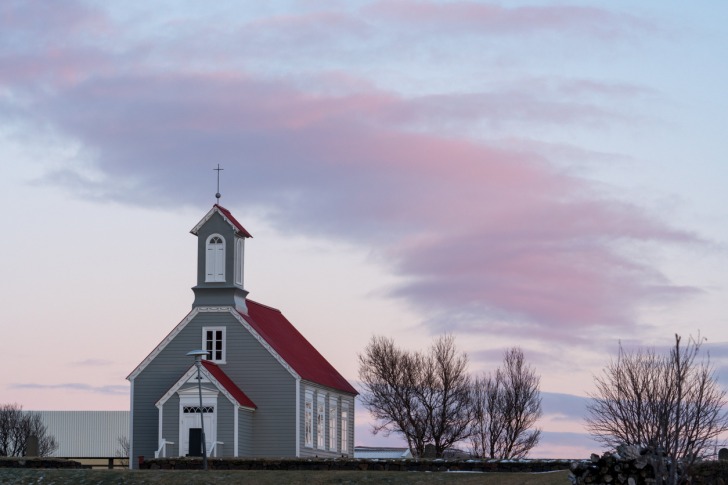
7. Reykholt
Reykholt is a village in Iceland known for its 13th-century writer and poet, Snorri Sturluson.
While many people don’t come to the town because of him, the village is home to many wonders and beauty.
It’s also the home of Iceland’s important schools, which can be interesting.
The cost of living in Reykholt is averaged at $1,850 for a one-bedroom apartment and nearly double or more for a home for four.
While the cost of living is significantly lower than other major cities in Iceland, it’s expensive compared to other places worldwide.
The many expenses that are exponentially more expensive are transportation and groceries.
Many of the products need to be shipped to Iceland and then distributed to smaller towns, making it more expensive if you want specific luxuries.

8. Kópavogur
This city is known for signing documents establishing Iceland as a nation under the monarchy mark in 1662.
The town of Kópavogur is the second largest city in Iceland and has a population of 37,000 people.
It has a large population and is the perfect mixture of big-city vibes with standing beauty.
Many people come here for the scenic waterfront views.
That said, living costs are much higher in Iceland than in other towns.
The average person will need roughly $2,304 for one person and $4,950 for a family of four.
Each person should have an average of at least $3,000 of their budget for rent.
The other expenses that are most expensive include rent and food.
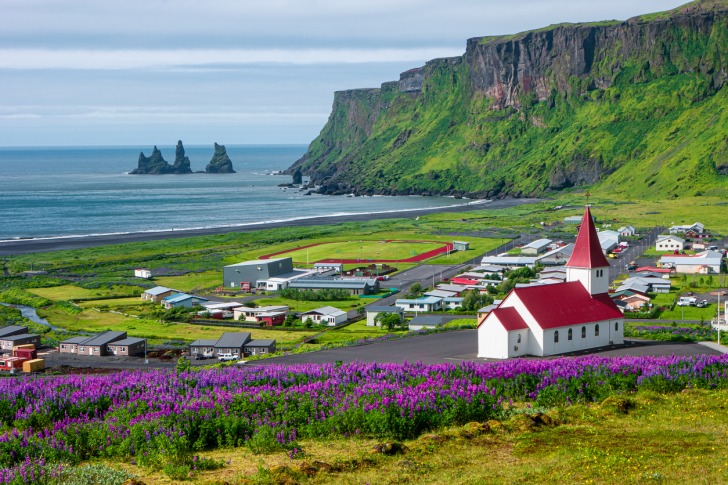
9. Vik
Vik is a small village in southern Iceland known for its beaches.
While not popular amongst tourists, it does have many wonders that make it a great place to live.
One of the standouts is the dramatic landscapes and the sight of the Northern Lights on certain days.
The average cost of living in Vik is $1,281 for a one-bedroom, while a family of four can expect to pay $4,736.
Of course, outside the village will be less expensive, but you’ll be placed in the wilderness.
It’s only advisable to move here if you’re okay with paying extra expenses for living.
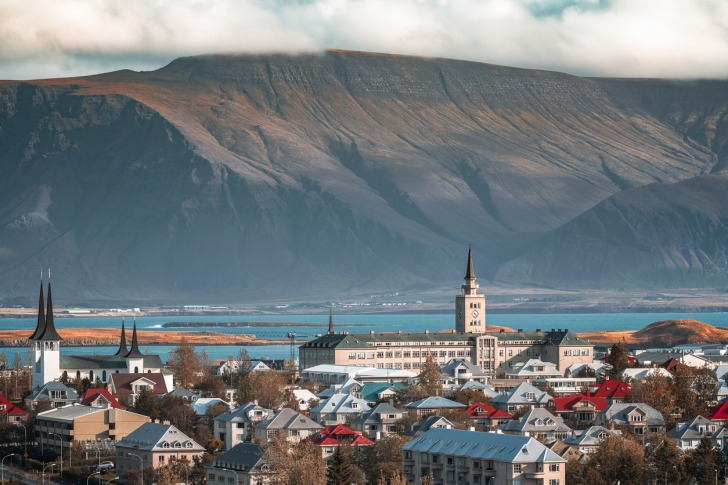
10. Reykjavík
Reykjavík is the capital of Iceland and is one of the most expensive places in the world to live.
It’s known for its culture, history, and natural beauty and is a popular tourist destination.
That said, it’s also one of the country’s most expensive places to live and has a huge cost of living.
However, there are a few ways to reduce expenses when living here.
The average cost of living in Reykjavík is estimated at $2,723 for one person and $5,671 for a family of four.
Rent costs generally range from $1,643 to $2,600
. With these prices, it’s in the top 4% of most expensive cities worldwide.
However, there is a way to mitigate some costs if you’re traveling or planning to live here in the short term.
Hostels are one of the best ways to cut living expenses in Iceland.
They aren’t the best in space, but they can significantly reduce rent costs.
The average hostel in Reykjavík ranges from $30 to $145 per night, and they are significantly less expensive than renting an apartment or hotel.
Iceland Safety Overview
READ THE FULL REPORT: Iceland Safety Review
Safety Index:
- OVERALL RISK: LOW
- TRANSPORT & TAXIS RISK: LOW
- PICKPOCKETS RISK: LOW
- NATURAL DISASTERS RISK: LOW
- MUGGING RISK: LOW
- TERRORISM RISK: LOW
- SCAMS RISK: LOW
- WOMEN TRAVELERS RISK: LOW
Frequently Asked Questions
How much is a house in Iceland in US dollars?
The average cost of a house in the capital tends to range from $382,000 to $478,130.
These prices have significantly hiked in the past few years.
Other areas may have more affordable houses, but these are generally what you’ll find in cities.
How much money do you need to live in Iceland?
Considering the high cost of living, you’ll need a job to keep up with the area you want to live in.
A good estimation is that a family of four must make a minimum of $4,750 a month WITHOUT rent.
A single person will need $1,284 without rent.
What are the downsides to living in Iceland?
Iceland has a small climate and needs to import many of its products.
It also has a high VAT income tax, which makes it more expensive to live.
Overall, prices are significantly higher due to importing and the lack of agriculture, making it an expensive place for the average person or family to live.
Is it a good idea to move to Iceland?
Iceland is one of the safest places to live, but it is expensive.
The cost of living is high, and many people will need to be able to afford their daily living expenses.
That being said, it could be a great idea to move to Iceland if you have a good-paying job or if you can get a job inside the country.
Otherwise, we’d advise against moving to Iceland.

